
4 minute read
How Does Their Garden Grow?
Community Gardening Offers Chance to Connect
Written by Paulette Lee
Advertisement
Maybe you’ve seen it driving by on Potomac Avenue, across from Bester Elementary School and diagonally across from Rose Hill Cemetery – bursting with color in the late spring, lushly green in the summer, ready for harvesting in the fall, peacefully resting in the winter: the Hagerstown Community Garden. Gardens may be seasonal, but for locals who want a garden but don’t have the space, this one offers more than flowers and produce. It offers connection.
The garden has 26 plots of two different sizes, two of which are raised for wheelchair accessibility. For a modest annual fee (that can be reduced assuming income guidelines are met), urban gardeners can have a plot and grow their own food and/or flowers. Retiring City Engineer Rodney Tissue worked with passionate resi- dents on the community garden concept in 2014 and their proposal was approved by the Mayor and City Council; the garden is now part of the overall city park system and is modestly funded to provide city water and frames for planting beds. The city also has a partnership with the local office of Tractor Supply, which donates supplies and occasional labor.
Gardeners have access to the locked gate dawn to dusk any time during the year, even winter, when some gardeners have winter crops. They’re responsible for maintaining their own plot, as well as keeping the whole area looking good and tending to the communal herb garden and Monarch way station that attracts the endangered butterfly pollinators. Garden rules include ensuring the plants are organic – no chemical pesticides or herbicides are to be used.
Plot assignment is based on availability. On average,
With its 26 plots for public use, the Hagerstown Community Garden began in 2014 and is now part of the overall city park system. about 16 gardeners per year return for the following year, and applications for the available plots are taken in the winter months, awarded on a first come, first served basis with preference given to city residents. Tissue says assignments are not based on gardening experience.
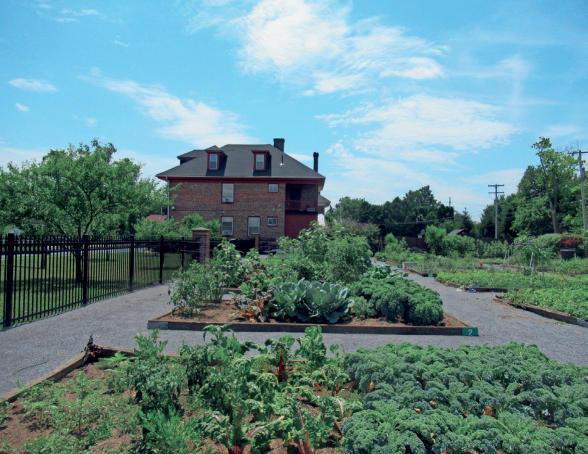
“We have a whole range of people from those who don’t know the difference between a shovel and a rake, to very experienced gardeners. They help each other, teach each other, share seeds, give each other tips. I think that’s as important as growing food. It’s definitely a success: we’re connecting two dozen different people and families with each other, who are able to grow their own produce and learn about gardening.”
Hagerstown Community Garden gardener Monica Johnson has taken that learning aspect even further. A teacher educator for Montessori School teachers, she photographs the fruits and vegetables she grows in her plot –as well as the animal life that frequents it – and uses those pictures to create early childhood language materials, for example, in matching games, that she features on her web
Monica Johnson, Hagerstown Community Garden gardener
site, Teachers Pay Teachers, at www.teacherspayteachers. com/Store/Montessori-Dujour.
Why grow her own garden, instead of just using others’ pictures of fruits, flowers and vegetables?
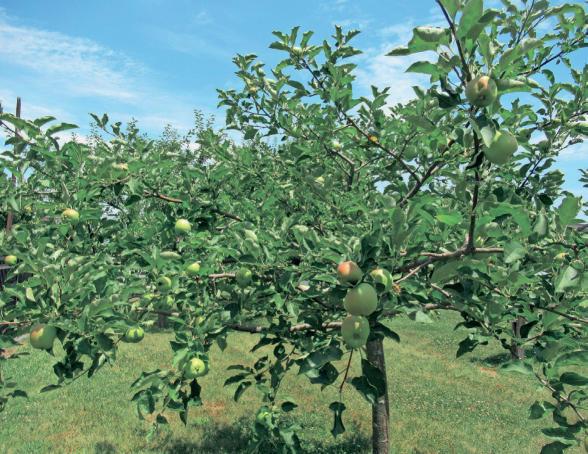
“The Montessori teaching method relies on stories,” Johnson explains, “and we really try to highlight the connection between people and their work. So, when a Montessori teacher downloads this, they’ll say, ‘This is a person who lives in Maryland, who has a garden, and in her garden, these are the things she grows. She made a matching game for us. Let’s see if we can find the matching vegetables in her garden.’”
Johnson is always changing her garden; for example, she has made a salsa garden, and a sensory garden (things to look at, smell, eat and feel); she’s at her plot every weekend year-round, and in summer multiple times a week. All the gardeners meet for a monthly Saturday clean-up in which non-garden volunteers also participate, which is just one way Johnson says the gardeners have to connect and share.
“We have a gardening schedule; some do their watering in the morning, some in the evening, so we learn what different gardeners’ theories are, and we help each other if someone isn’t available to water. We have a Facebook group. We share seeds and plants and try new foods through our sharing. We harvest for a few local charities, such as It’s a Blessing to Be a Blessing, and we often contribute to the share table on Locust Street. People need to eat.”
Another area community garden is at Hebron Mennonite Church in Hagerstown’s North End, where non-church member Deb Simerlink of Hagerstown has been a gardener since the first crops were harvested in 2009 on the church’s former lawn. She says the mission of the community garden is “to provide healthy organic produce to the garden members and the community while developing a greater sense of fellowship among the participants and supporting each other in the goal of living a more sustainable lifestyle.”
Garden membership is open to anyone in the community and there is an annual membership fee based on ability to pay. Any experience level is welcome (including no experience) as long as they are willing to contribute and learn/share knowledge. There are 40 beds of varying size, but Simerlink says while it’s possible to request an individual plot, all current members share the beds, work, and produce.
“That gives us all flexibility and allows us to grow a wide variety of crops. Everything is grown organically – no pesticides or commercial fertilizer. Last year, we finally were able to erect a six-foot fence to help keep deer and groundhogs out.

“Crops are divided equitably amongst the gardeners. If we have excess of any item, we generally donate it to the church members. We grow a wide variety of crops and even a wide variety of a type of crop (for example, we have grown as many as 30 types of tomatoes in a year). We also take requests from garden members and we’re basically willing to try anything that can be grown in this region.”
For communities that are in the planning or development stage, such as Boonsboro, Monica Johnson says location is important, but access is key.
“Where are you advertising for people to join the garden, and how are you getting people of all ages involved? Also, think about the community – the garden’s surroundings. For example, the Hagerstown Community Garden is across from a Title I elementary school, where many of the families are experiencing poverty. On their way to school, the children are seeing beauty – sundials, little windmills, sunflowers, pollinators and fruit growing on trees in the spring. Those are things that they’re maybe not seeing in other parts of the city. Our fruit trees are outside the garden fence, so anyone can pick from a tree. We want to have things for everybody.”
She stops, then adds, “Don’t forget the pollinators! They’re more important than anything. Without the bees and butterflies, we wouldn’t have anything!”
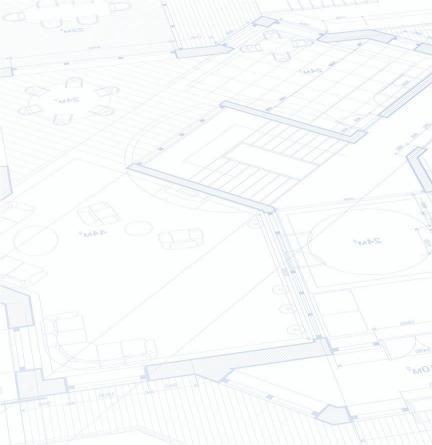







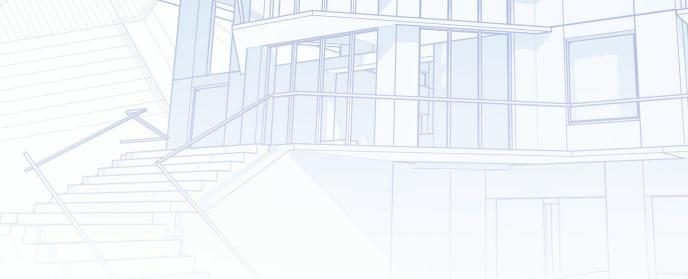
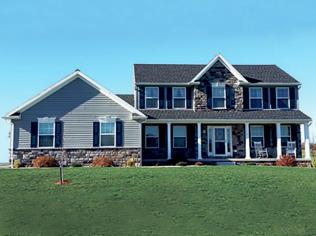

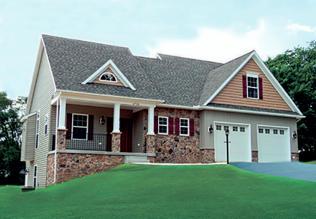
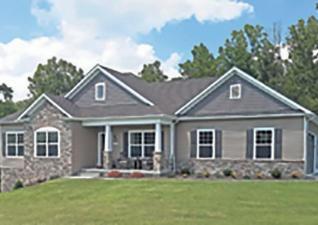


Written by Linda Harkcom










